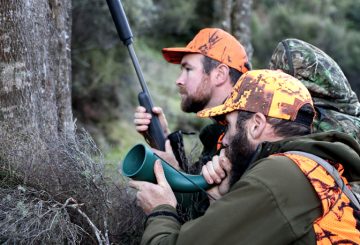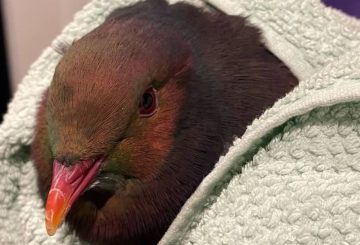随着生活成本危机的恶化,一些宠物主人难以负担自己的膳食和宠物的食物。这导致越来越多的狗被交给救援组织,而救援组织已经达到了最大容量。
泰拉·巴西利卡塔在圣诞节前夕创办了惠灵顿狗粮银行,自年初以来,已经为200多只狗提供了超过700公斤的食物。由于需求旺盛,她不得不从向人们家中运送食物转向人们来找她的移动服务。
巴西利卡塔的许多客户全职工作,但仍难以维持生计。有些人甚至在吃狗粮的日子里不吃东西。
自2019年成立组织以来,Ellie’s Canine Rescue和Rehome的创始人妮可·多里古齐和维基·海沃德也看到寻求帮助的人数有所增加。他们在2022年救出并重新安置了302只狗,2023年救出了518只狗,预计今年还会拯救更多狗。
11月创办Chance 4 Change的海伦娜·克拉克和约翰娜·拉什已经在惠灵顿地区收养了54只狗。他们看到狗因为主人买不起狗粮而被喂食 Weetbix 和牛奶等人类食物。
为了应对危机,政府宣布修改租赁法,包括为期两周的宠物保证金以及租户有义务为宠物造成的损失支付费用。但是,这些变更要到明年年底才能实施。
克拉克和拉什计划在未来几个月内启动一项教育计划,以减少不想要的、被忽视的和受虐待的狗的数量。该计划将向孩子们传授狗的安全和动物护理知识,强调疫苗接种和绝育的重要性。




























































